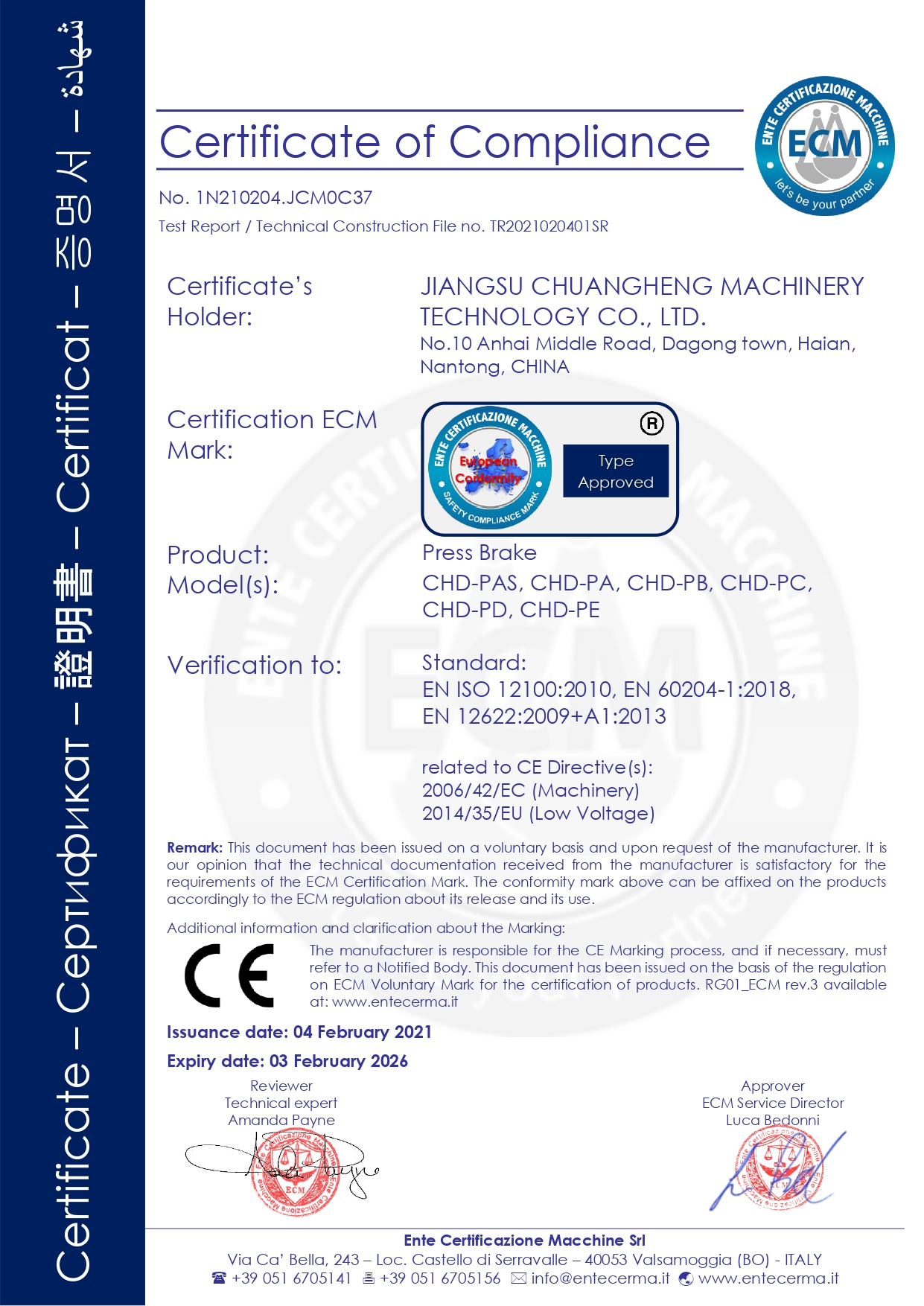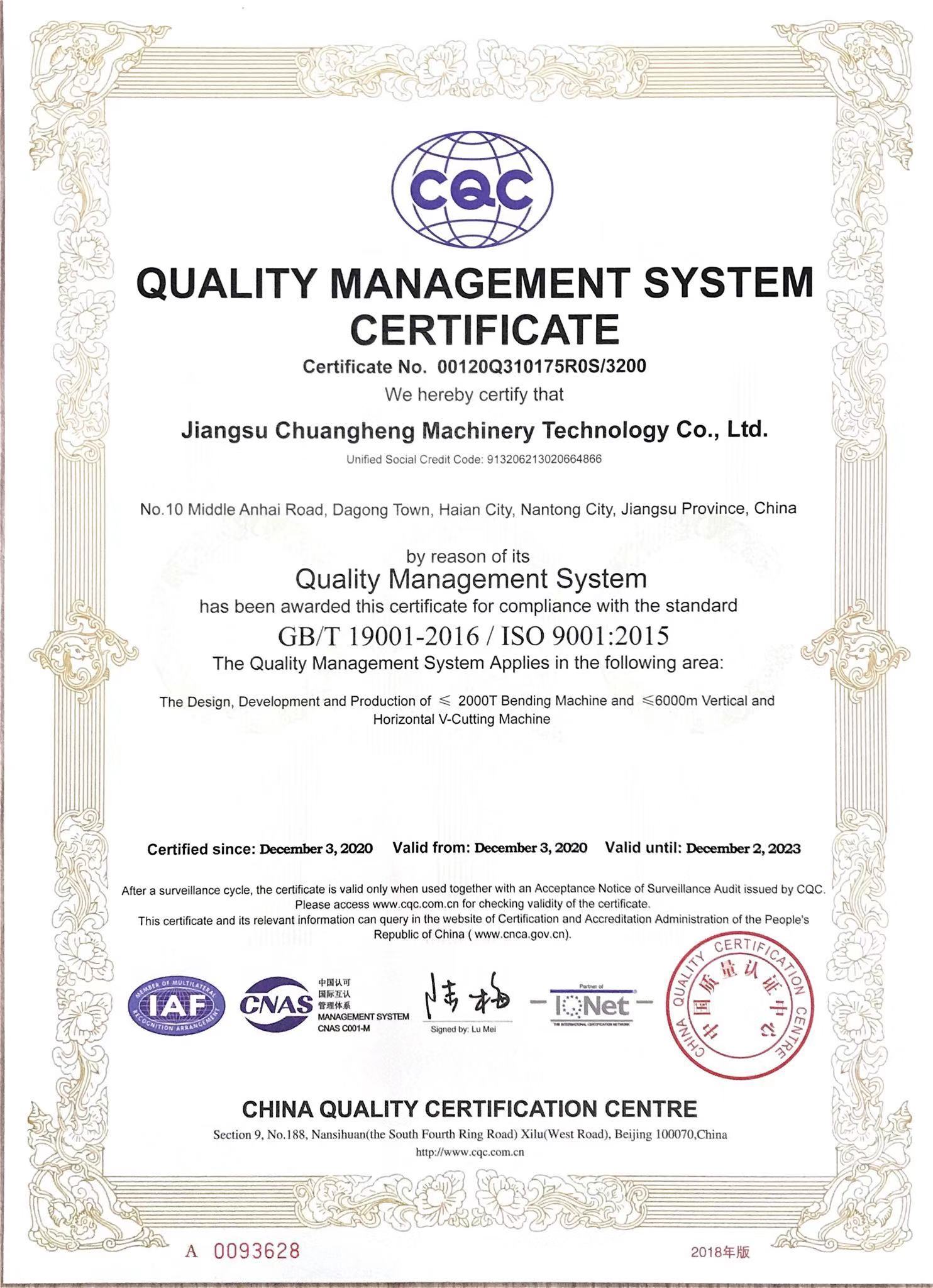Do you know how the bending machine is made?
The manufacturing process of a bending machine is a complex engineering that covers multiple fields and involves several key steps such as material selection, machining, assembly, testing and quality control. The following is the detailed process of the bending mechanism:
1. Design and planning stage: The manufacturing of the bending machine begins in the design and planning stage. At this stage, the engineer team works out the overall design of the bending machine according to market demand, technical requirements and expected performance. This includes the structure, function, size, working principle of the machine and so on.
2. Material preparation and processing: The manufacture of bending machines requires the use of a variety of materials, including metal materials, hydraulic components, electrical components, etc. These materials need to be prepared through the steps of material selection, procurement, cutting, etc. Metal parts need to go through machining processes such as turning, milling and drilling to ensure their precise size and shape.
3. Welding and assembly: welding and assembly of processed metal parts. Welding is the process of joining parts into the structural skeleton of the machine, ensuring its stability and durability. Subsequently, the individual parts are precisely assembled according to the design drawings to form a complete bending machine frame.
4. Hydraulic system and electrical system installation: the bending machine is usually equipped with hydraulic system and electrical system. The hydraulic system is composed of oil cylinder, hydraulic pump, valve, etc., which is used to drive the movement of mechanical parts. The electrical system includes control panels, electrical components and sensors for automated control and monitoring. These require delicate installation and commissioning.
5. Debugging and testing: After the assembly is completed, the bending machine needs to undergo strict debugging and testing. Teams of engineers test the functions of various components, such as the pressure and stability of the hydraulic system, the control accuracy of the electrical system, and so on. Through testing, ensure the stability and performance of the machine in actual work.
6. Quality inspection and certification: After commissioning and testing, the bending machine needs to carry out a comprehensive quality inspection. This includes the dimensional accuracy of the machine, bending accuracy, and the working stability of the hydraulic system. Some manufacturers may also apply for relevant certifications, such as ISO certification, to demonstrate the quality and safety of their products.


7. Packaging and delivery: After quality inspection and certification, the bending machine will be packaged to protect it from damage during transportation. The machines are carefully packed and labeled to ensure safe delivery to the customer site.
